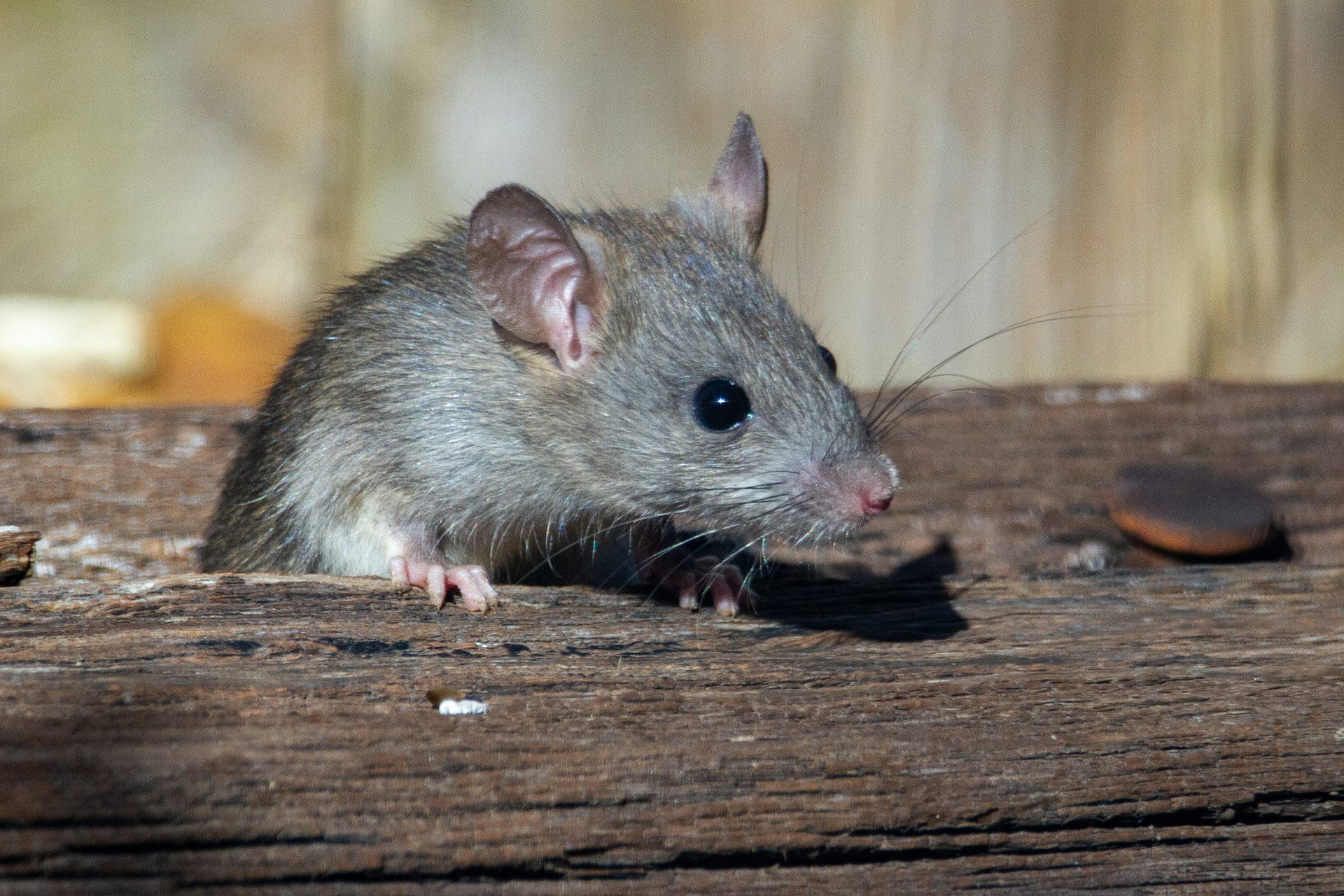What’s the Most Effective Method for Teaching Your Rat to Navigate a Maze?

You’re likely reading this because you’ve decided to embark on a fascinating journey – teaching your rat to navigate a maze. It’s an enjoyable challenge, and a testament to the cognitive abilities of these often-underestimated animals. By understanding the learning processes of rats and the various methods used in successful maze navigation, you’ll have your rat zipping through the maze in no time.
The Fascinating World of Rats and Mazes
Before we delve into the methods and techniques, it’s essential to appreciate the cognitive abilities of rats. Rats, like many other animals, possess impressive learning and memory capabilities that allow them to solve a wide range of problems, including navigating through a maze.
Avez-vous vu cela : What Are the Best Hypoallergenic Bedding Options for Pets with Allergies?
Rat Behavior and Learning
Rats are highly intelligent and adaptable creatures. They exhibit a range of behaviors that demonstrate their problem-solving abilities. Complex behaviors such as maze navigation require not only physical agility but also mental sharpness. As a result, rats in laboratory settings are often used in trials to study animal behavior and cognition.
Rats have a keen sense of smell, and they can use this to find food or escape from a cage. They also have an excellent memory, which allows them to remember paths they’ve previously taken. This is a crucial skill in maze navigation, making them very useful in scientific studies.
A lire en complément : How to Construct a Safe and Stimulating Playpen for Ferret Kits?
Mazes in Scientific Research
Mazes have been a staple in behavioral and cognitive research for many years, especially in studies involving rats. The Morris Water Maze (MWM) is one such example. This spatial navigation task involves a large circular pool filled with water, and a hidden platform just below the water’s surface. Rats must learn to navigate to the platform to escape the water.
Another popular maze is the Radial Arm Maze, where rats must find food rewards placed at the end of each arm. The challenge is to remember which arms they’ve already visited to avoid wasting time and energy revisiting empty arms.
Exploring Different Training Methods
Now that we understand the context, let’s look at the different methods you can use to train your rat in maze navigation. It’s important to note that patience and consistency are key to success. Training should be a gradual process, allowing your rat enough time to figure out the maze and improve their skills.
Using Food as a Reward
Food is a powerful motivator for rats, making it an effective tool for training. In a maze, you can place a food reward at the end, enticing your rat to find its way there. Over time, the rat will associate navigating the maze successfully with receiving a tasty snack, reinforcing their desire to learn.
Guided Navigation
In guided navigation, you assist your rat through the maze initially, helping them understand the task at hand. This can be done by placing your rat on the correct path whenever it goes off course. Gradually, the rat picks up on the correct routes and starts making accurate decisions independently.
Trial and Error
This method involves allowing your rat to figure out the maze by themselves. While this might take longer, it encourages the rat to rely on its instincts and memory to navigate the maze. The learning achieved through trial and error is often robust, as it engages the rat’s problem-solving skills effectively.
Tracking Progress and Improvements
After establishing a training regimen, it’s important to track your rat’s progress. This will allow you to identify areas where your rat is struggling, and tailor your training accordingly.
Time as a Measure of Success
One way to measure progress is by timing how long it takes your rat to complete the maze. As your rat learns, they should be able to navigate the maze faster. Keep track of these times to get a clear picture of your rat’s progress.
Number of Errors
Another way to measure progress is by counting the number of errors your rat makes while navigating the maze. An error can be defined as an instance where your rat takes a wrong turn or backtracks. As your rat becomes more proficient, the number of errors should decrease.
The Role of Sleep and Rest in Learning
Importantly, do not overlook the role of sleep and rest in your rat’s learning process. Multiple studies, some even published on PubMed, have indicated that sleep plays a crucial role in memory consolidation in both humans and animals.
Rest periods between training sessions can significantly enhance your rat’s ability to remember the maze’s layout. So, ensure your furry friend gets plenty of rest for optimal learning.
In conclusion, teaching your rat to navigate a maze is a rewarding process that highlights the cognitive abilities of these intriguing animals. Whether you choose the method of food rewards, guided navigation, or trial and error, remember to be patient and consistent. Happy maze running!
Exploring Advanced Maze Techniques and Memory Enhancement
In our quest to understand how rats navigate mazes, we encounter some advanced techniques that delve further into the cognitive abilities of these creatures. By using these techniques, you can potentially enhance your rat’s learning memory and speed up maze navigation.
The Barnes Maze and the Morris Water Maze are two widely used techniques in scientific research to study spatial learning in rats. The Barnes Maze consists of a large circular platform with several holes, only one of which leads to an escape box. Rats must use distal cues to remember the location of the correct hole. Similarly, the Morris Water Maze tests spatial memory and learning by placing a rat in a pool of water with a hidden platform. The rat must learn to navigate to the platform to escape the water.
An interesting method to increase the efficiency of learning in rats involves a learning technique called latent learning. This process allows rats to learn about their environment passively, even when not directly rewarded for it. For instance, while navigating a maze without a reward (food trial), the rat learns about the maze’s structure. When it is later introduced with a reward, the rat can quickly retrieve the memory of the maze structure and find the reward faster.
It is worthy to note that several scientific articles and studies are available on databases like Google Scholar and PubMed Google that delve deeper into these advanced learning techniques. They provide a wealth of knowledge on rat cognition, behavior, and more.
Reducing Learning Errors and Enhancing Navigation Skills
When teaching your rat to navigate a maze, it’s likely that they’ll make some errors. These errors, however, are an essential part of the learning process. They allow the rat to explore different paths and remember the correct ones. But, as a trainer, you would want to reduce these errors over time to enhance your rat’s navigation skills.
One way to achieve this is by setting up a working memory trial. Here, the rat is presented with several options, such as different paths in a radial arm maze but must remember which paths it has already explored. With practice, the rat can improve its working memory, resulting in fewer errors during maze navigation.
Another method involves changing the maze layout or the placement of the reward (hidden or visible platform) after the rat has learned the initial setup. This forces the rat to adapt to the changes, enhancing its problem-solving abilities and spatial navigation skills.
However, it is crucial to maintain a balance between challenging your rat and overwhelming them. Too much change or complexity may lead to stress and impede learning.
In Conclusion: The Rewarding Journey of Teaching Maze Navigation
Teaching your rat to navigate a maze is an intriguing journey of discovery. It not only highlights the cognitive abilities of rats but also gives you a unique perspective on their learning processes. It is a testament to the learning memory, spatial learning, and problem-solving abilities of these often-underestimated creatures.
Whether you’re using the food trial method, introducing advanced techniques like the Barnes Maze or Morris Water Maze, or incorporating latent learning, it’s important to be patient and consistent. Remember that every rat is unique, and what works for one might not work for another. Keep the learning process engaging and enjoyable for your pet.
Also, don’t forget the importance of rest in the learning process. Plenty of sleep and rest can significantly enhance your rat’s memory consolidation, leading to more efficient learning.
Furthermore, tools like Google Scholar and PubMed Google can be immensely helpful in providing additional insights and techniques to enhance your rat’s maze navigation skills.
In essence, be ready to adjust your training methods based on your rat’s needs and progress. Enjoy the journey, and be proud of your rat’s achievements. Happy maze running!
